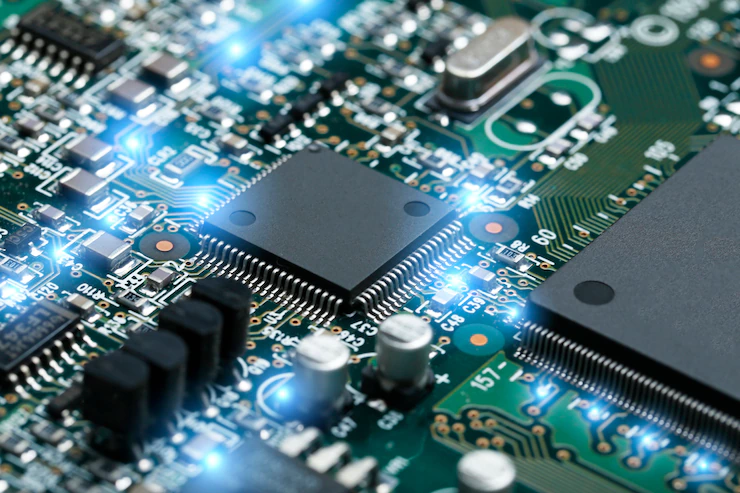The Waste Electrical and Electronic Equipment Directive, or WEEE Directive, regulates the European Union’s electronic waste disposal.
Member states are required to establish collection and recycling systems for electronic waste, and producers of electronic equipment must take responsibility for managing their products once they become waste.
This is intended to reduce electronic waste’s environmental impact and has helped make Europe a global leader in e-waste recycling.
What is the WEEE Directive?
It was introduced in 2014 to reduce the yearly waste of electrical and electronic equipment (WEEE); short for Waste of Electrical and Electronic Equipment.
It covers products that fall into the following categories:
- Large home appliances
- Small household equipment
- Equipment used for IT and telecommunications
- Types of consumer equipment
- Equipment for lighting
- Tools that are powered by electricity or electronics
- Sports equipment, kids’ toys, and leisure.
- Medical devices
- Instrumentation for monitoring and control
How Does the WEEE Directive Affect Businesses?
There are a few key ways in which it affects businesses:
– Businesses are required to take back old electronics from customers free of charge. This means businesses must have a system for collecting old customer electronics. One way to do this is by setting up collection points at their retail locations. Another option is to offer free shipping for customers who want to return old electronics.
– Businesses are required to label their products with information about recycling. This includes a symbol indicating that the product is covered and information about how to recycle the product.
– Businesses are required to recycle old electronics in an environmentally friendly way by working with a certified recycling facility that will safely dispose of or recycle old electronic materials.

What Are the Benefits?
WEEE is beneficial for businesses and consumers.
- It provides a financial incentive for businesses to recycle old electronics. They save money on disposal costs by working with certified recycling facilities. In addition, companies can use this directive as a marketing tool to show their commitment to environmental responsibility.
- It makes it easier for consumers to recycle old electronics. They can take their old electronics to a collection point or return them to the retailer when they purchase new products.
What Are the WEEE Requirements?
It requires retailers to:
– take back WEEE from consumers free of charge
– offer a separate collection point for small WEEE items
– provide information to consumers on the correct disposal of WEEE
Local authorities are responsible for managing WEEE collections and ensuring that adequate infrastructure is in place to meet the requirements.
The Weeedirective has successfully increased the recycling rate of electronic waste in Europe, but there are still challenges. Collection rates must be increased, more hazardous materials must be recycled, and better coordination is needed among member states. The EU is currently working on revisions that will address these challenges.
Conclusion
The WEEE Directive is an important piece of legislation that every business should be aware of. It sets out the rules for how electronic waste must be disposed of, and companies that don’t comply could face heavy fines. If you’re looking to learn more about the WEEE Directive and how you can implement it in your own business, we have a range of resources available on our website.
Additionals:




























